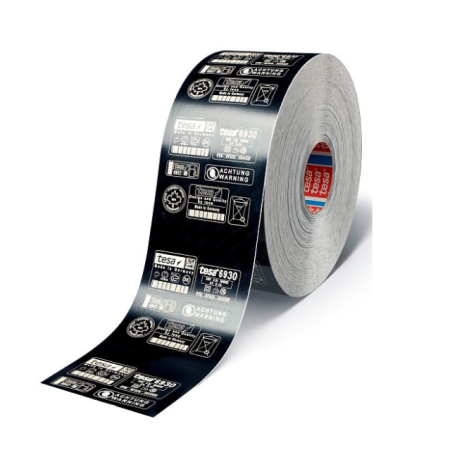High-Temperature Resistant Label Materials in Nanxiong
Sticker labels play a crucial role in various industries, providing essential information and branding for products. In recent years, the demand for high-temperature resistant label materials has been on the rise, especially in industries such as automotive, aerospace, electronics, and manufacturing. Nanxiong, a leading manufacturer in this field, has been at the forefront of developing innovative solutions to meet these specialized requirements.
Understanding High-Temperature Resistance
High-temperature resistance refers to the ability of a material to withstand elevated temperatures without compromising its performance or integrity. In industries where extreme heat is a constant factor, such as automotive engine compartments or industrial ovens, traditional sticker labels are not suitable due to their limited resistance to heat. High-temperature resistant label materials are designed to withstand these challenging environments, ensuring that critical information remains intact and readable.
Nanxiong's Cutting-Edge Solutions
Nanxiong has invested significant resources in research and development to create label materials that can withstand extreme temperatures. Their expertise lies in the selection and formulation of advanced materials, ensuring durability, legibility, and adhesive strength under high-temperature conditions.
One of Nanxiong's flagship products is their ceramic-based label material. This material is engineered using a combination of ceramic particles and high-performance polymers, resulting in a label that can withstand temperatures up to 1000°C. The ceramic particles act as a barrier, preventing heat from affecting the label's adhesive properties and readability.
Another notable solution from Nanxiong is their silicone-based label material. Silicone offers excellent resistance to heat, making it ideal for applications where temperatures can exceed 200°C. The silicone-based label material is highly flexible, ensuring easy application even on curved or irregular surfaces.
Applications and Benefits
The applications for high-temperature resistant label materials are diverse, spanning across several industries. In the automotive sector, these labels are used for engine components, exhaust systems, and brake systems, where temperatures can reach extreme levels. In the aerospace industry, high-temperature resistant labels find application in jet engines, aircraft interiors, and critical control panels.
The benefits of using high-temperature resistant label materials are numerous. Firstly, they ensure that vital information, such as safety instructions, part numbers, and barcodes, remains visible and intact even in extreme heat conditions. This enhances operational efficiency and reduces the risk of errors or accidents. Additionally, these labels are designed to withstand harsh chemicals, moisture, and UV exposure, further enhancing their durability.
Future Trends and Innovations
The demand for high-temperature resistant label materials is expected to grow steadily in the coming years. Industries such as renewable energy, electric vehicles, and advanced manufacturing are likely to drive this demand as they require labels that can withstand high temperatures during their production and operation.
Nanxiong is actively engaged in ongoing research to develop even more advanced solutions. They are exploring nanotechnology and other cutting-edge materials to enhance the performance of their label materials further. By continuously pushing the boundaries of what is possible, Nanxiong aims to provide labels that can withstand even higher temperatures and offer improved resistance to other environmental factors.
Conclusion
High-temperature resistant label materials have become indispensable in industries where extreme heat is a constant challenge. Nanxiong, with its focus on innovation and expertise in materials science, is paving the way for the development of advanced label solutions. By providing labels that can withstand high temperatures, Nanxiong is ensuring that critical information remains visible, contributing to safer and more efficient operations in various industries.
We offer comprehensive technical support, including free professional labeling solutions, advice on label materials and adhesive selection, as well as online/offline assistance from professional software and hardware engineers. Service email: andy@ownlikes.cn. In pre-sales, we leverage our extensive experience in specialty labeling projects to provide clients with the most suitable hardware solutions. Additionally, all our label barcode printers and scanners come with a three-year free warranty, demonstrating our confidence in our products.






This site is protected by reCAPTCHA and the Google Privacy Policy and Terms of Service apply.